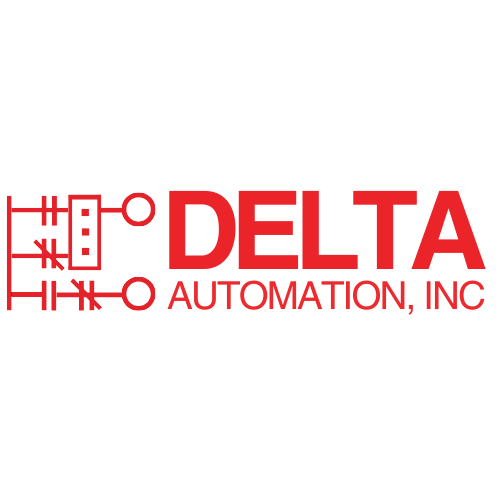Extending Equipment Lifespan: Why Regular Repairs Are Your Best Spare Parts Strategy

For many manufacturers, downtime isn’t just an inconvenience—it’s lost revenue, missed deadlines, and frustrated customers. Stocking spares is one way to prepare, but it can tie up capital in shelves of parts that may never be used. A smarter approach? Regular, professional repairs that extend the lifespan of your existing equipment and serve as a living spare parts strategy in their own right.
Why Repairs Should Be Part of Your Strategy
Traditional thinking says: buy more spares, reduce downtime risk. But that model breaks down when budgets are tight and lead times are long. Repairs offer several advantages:
- Cost Savings: A board-level repair often costs a fraction of a new replacement drive or PLC.
- Capital Efficiency: Instead of buying extra spares, you keep existing units running longer.
- Obsolescence Coverage: Repairs keep discontinued equipment in service years after OEM support ends.
- Sustainability: Fewer new purchases means less waste and reduced environmental impact.
Repairs as “Active Spares”
Think of repairs as your silent spare parts pool. Every time you send in a unit for service, you’re creating a buffer against future downtime. A repaired unit can go back into rotation as:
- A backup spare ready to slot in during an emergency
- A hot spare running in parallel for high-availability processes
- A lifeline for legacy systems where new replacements no longer exist
How Regular Repairs Stretch Budgets
Instead of tying up thousands of dollars in “just in case” spares, you can:
- Schedule preventative repairs during planned downtime to avoid emergency costs.
- Rotate repaired units back into service to maximize their useful life.
- Reduce capital expenditure by extending the life of drives, PLCs, and HMIs you already own.
Example: Drives in a Production Line
Consider a plant with a mix of legacy and modern drives. Instead of buying three extra spares at full cost, the facility partners with Delta to:
- Repair and restore older drives for reuse
- Keep repaired units on the shelf as emergency backups
- Maintain uptime without tying up cash in idle equipment
The result: reduced spending, extended equipment life, and peace of mind knowing backup capacity is ready.
Repairs vs. Overstocking: A Smarter Grid
| Approach | Cost | Capital Tie-Up | Long-Term Value |
|---|---|---|---|
| Buying Extra Spares | High (new purchase price) | Significant (inventory sits unused) | Limited (parts may become obsolete) |
| Regular Repairs | Moderate (fraction of new cost) | Minimal (pay as needed) | High (extends lifespan, reduces waste) |
Building a Repair-Centered Strategy
- Identify critical assets that fail most often and plan preventative repairs.
- Partner with a trusted repair provider for consistent turnaround times.
- Document repaired units and rotate them as part of your spare parts pool.
This approach gives you confidence in both your active equipment and your “active spares.”
Final Thoughts
A pile of unused spares is money sitting on a shelf. Regular, professional repairs transform your existing assets into a sustainable, cost-effective spare parts strategy. By extending equipment lifespan, you reduce downtime risk, stretch capital budgets, and keep your plant running with confidence.
At Delta Automation, we specialize in industrial drive, PLC, and HMI repairs, backed by a 1-year warranty. Let us help you turn repairs into your smartest spare parts strategy.
